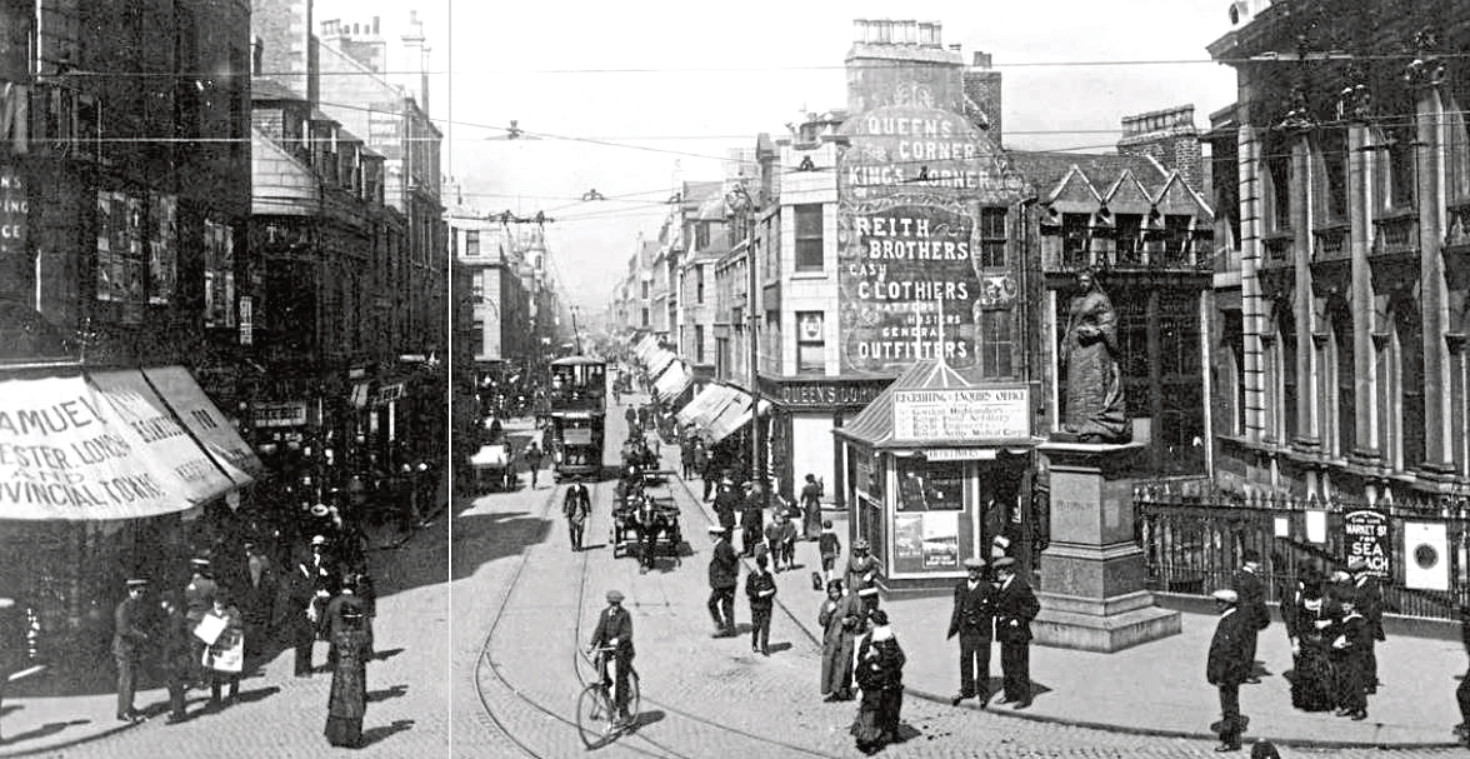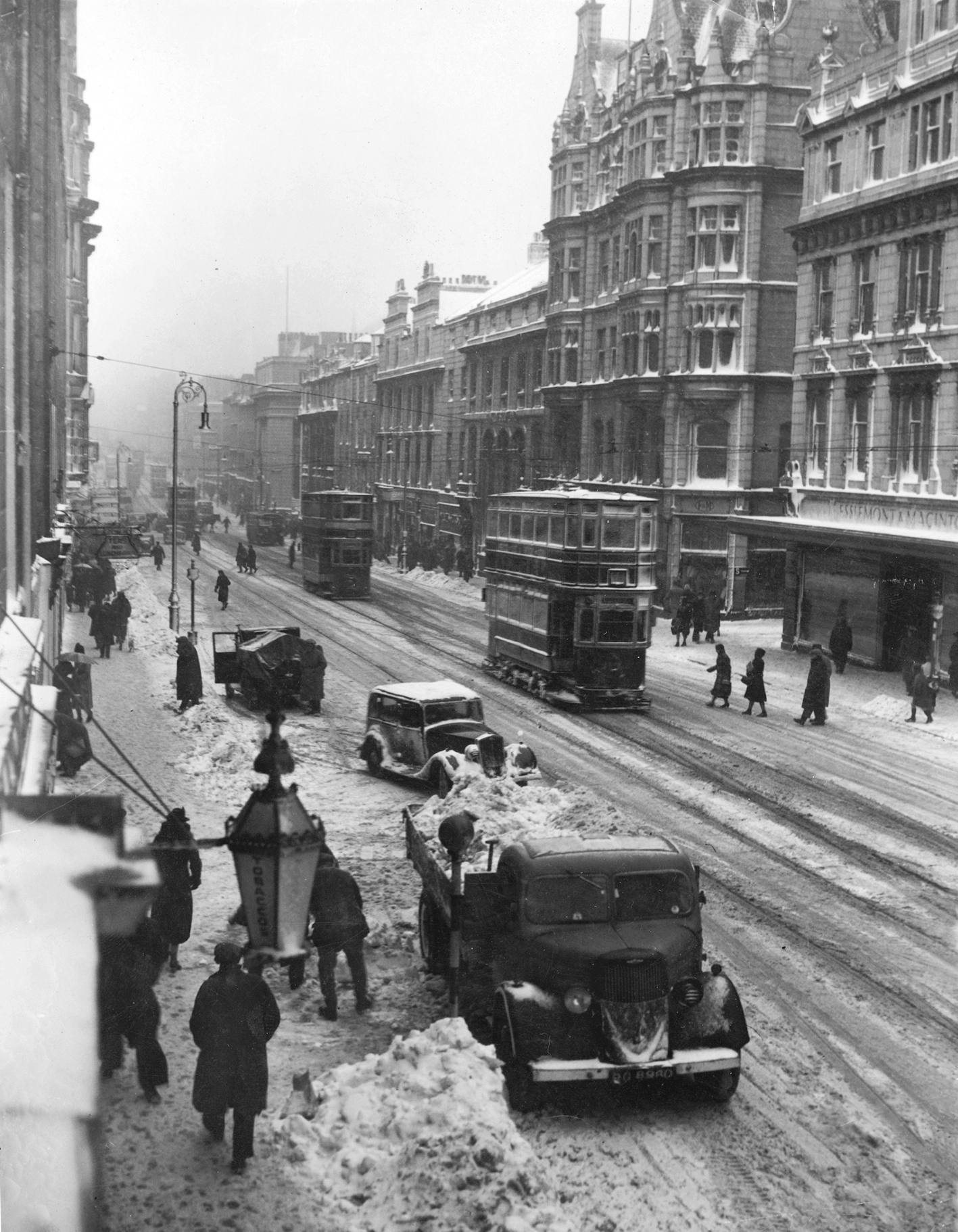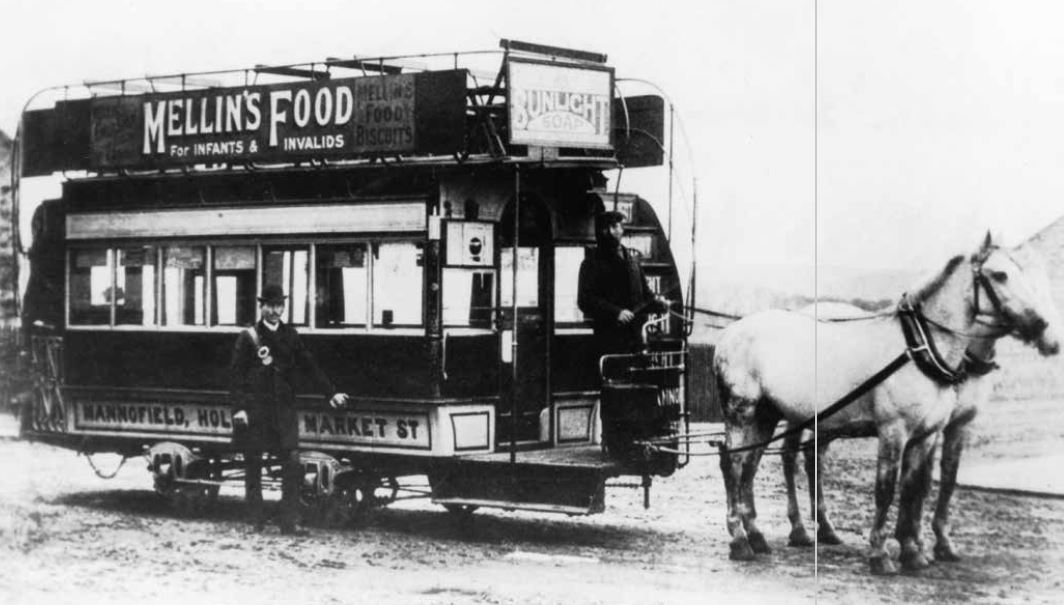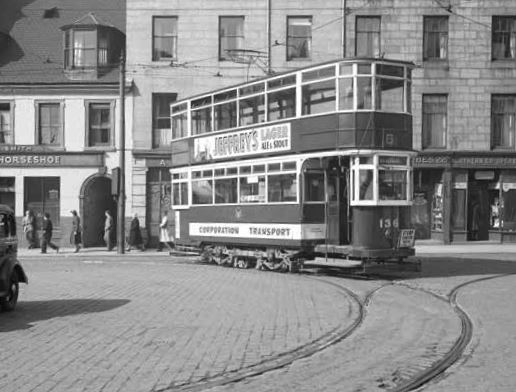They were a major part of Aberdeen’s transport infrastructure for more than 80 years, before being burned at the beach in the 1950s.
From horse-drawn affairs to the more modern electric offerings, trams were a popular and easy way to travel around the city.
A new book illustrating the forgotten history of Aberdeen’s famous trams is to be published later this month.
Author Peter Waller’s The Lost Tramways Of Scotland: Aberdeen is due to hit the shelves on February 20.
It explores the rich history of the mode of transport.
Published by Graffeg, the book aims to draw attention to the transport system, and documents how it was developed in Aberdeen throughout the years, and how it affected the community.
It also looks into the social history of the city from the late nineteenth to mid-twentieth centuries.
Each page includes stunning photos of the historic vehicles, taken from the Online Transport Archive, which show the layout of the streets at the time.
Mr Waller, director and secretary of the Online Transport Archive, has been writing about transport for the past 20 years.
Aberdeen had two electric tramways – the corporation’s services within the city and the Aberdeen Suburban Tramways Co, although this was short-lived.
The vehicles covered a large portion of Aberdeen, going as far as Bankhead, Bucksburn, Woodside, Kittybrewster, Bridge of Don, the Beach, Torry, Duthie Park, Bridge of Dee, Woodend and Hazlehead and into the West End as far as Bieldside.
City centre areas such as Queens Cross, Rosemount, Union Street and Ferryhill were also serviced.
Depots were created to house the vehicles.
The first such depot to be built was in Queens Cross.
It opened on August 31 1874.
In the years after Second World War it was also viewed as one of the safest tramways in the United Kingdom.
Mr Waller said it had been hoped that the Aberdeen trams would have enjoyed a secure future at the end of the Second World War.
However, they were rendered obsolete by the introduction of the diesel bus. The final trams ran on May 3 1958.
A final procession was made up of a restored horse tram which was followed by six electric cars.
Following this event all of the remaining trams were burned at the beach, including the modern, streamlined cars.
In the book Mr Waller states: “These had been offered to both Blackpool and Glasgow, but neither was interested in acquiring them.
“Although no Aberdeen electric tramcar was preserved following closure, one of the horse trams operated by Aberdeen District Tramways, built by R & J Shinnie in 1896 and converted into an electric car in about 1902, was preserved on withdrawal in 1924 and restored as a horse tram.
“The preserved horse tram is normally on display at the Grampian Transport Museum.”
Keep up to date with the latest news with The Evening Express newsletter
A book on Dundee’s tramways has also been published as part of the Lost Tramways of Scotland series.
The series also exists for England and Wales, and includes many cities, including Southampton, Nottingham, Coventry, Bristol, Brighton and Bradford.



